By CHINAMI TAJIKA/ Staff Writer
December 17, 2024 at 17:28 JST
 The Ministry of Economy, Trade and Industry in Tokyo’s Chiyoda Ward (Asahi Shimbun file photo)
The Ministry of Economy, Trade and Industry in Tokyo’s Chiyoda Ward (Asahi Shimbun file photo)
Nuclear power is expected to become the second least expensive source of electricity after solar power in fiscal 2040, outrivaling liquefied natural gas, an industry ministry estimate showed Dec. 16.
Power generation by burning LNG, currently the largest source of electricity, was previously estimated to be on par with nuclear power as of fiscal 2030.
But LNG prices are expected to continue to rise, and additional spending will be necessary to reduce carbon dioxide emissions and for other related issues, ministry officials said.
The ministry calculated how much it would cost to generate one kilowatt-hour of electricity if a power plant is built in fiscal 2040.
Commercial solar power topped the list at 7 to 8.9 yen. It was followed by nuclear power at 12.5 yen minimum and onshore wind power at 13.5 to 15.3 yen. Offshore wind power on bottom-mounted foundations placed below this with estimated costs at 14.4 to 15.1 yen.
LNG thermal power generation was ranked fifth at 16 to 21 yen, compared with 19.1 yen in the ministry estimate conducted in fiscal 2023.
At current exchange rates, a dollar equates to about 153 yen.
Investments will also be required for nuclear power plants to meet the safety requirements introduced following the accident at the Fukushima No. 1 nuclear power plant in 2011.
Still, ministry officials said nuclear power is expected to be less costly than LNG in fiscal 2040.
The industry ministry separately estimated power generation costs, including expenses that will be required when new electricity sources are introduced.
If renewable energy accounts for a larger share of power sources, expenses will increase for output adjustments and other issues, as alternative sources tend to place a greater burden on the overall electric power system.
Keiji Kimura, an associate professor of environmental economics, said the system-related cost rises because the electric power grid is not designed to accommodate solar and wind power.
“We need to study supply-demand adjustments and overall markets to introduce renewable energy at lower costs,” he said.
When the projected share of renewable energy is 40 percent, commercial solar power is expected to cost 15.3 yen, compared with the minimum 16.4 yen for nuclear power, according to the ministry estimate.
But when this share expands to 60 percent, commercial solar power would be the most expensive among electricity sources at 36.9 yen. Comparatively, nuclear power would be the least costly at 18.9 yen minimum.
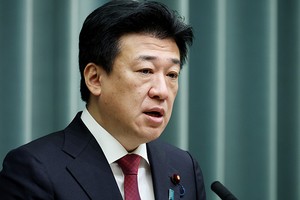

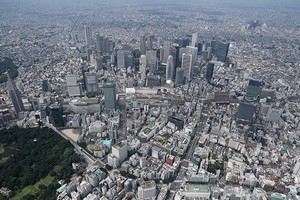




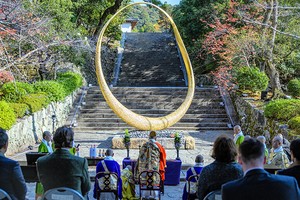

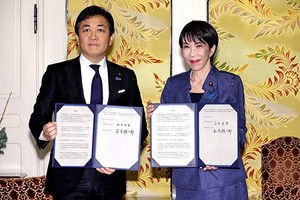







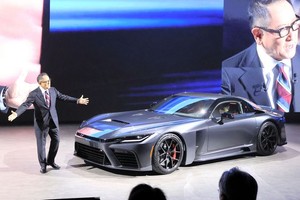


A peek through the music industry’s curtain at the producers who harnessed social media to help their idols go global.
A series based on diplomatic documents declassified by Japan’s Foreign Ministry
Here is a collection of first-hand accounts by “hibakusha” atomic bomb survivors.
Cooking experts, chefs and others involved in the field of food introduce their special recipes intertwined with their paths in life.
A series about Japanese-Americans and their memories of World War II